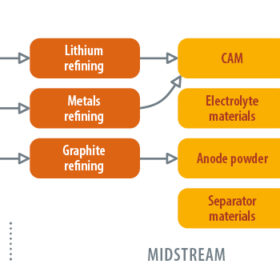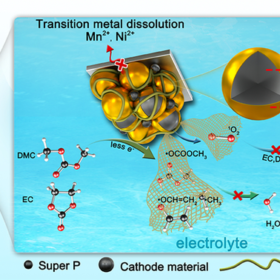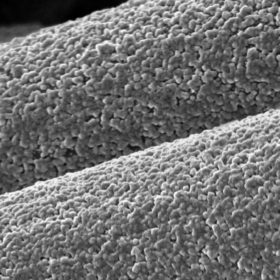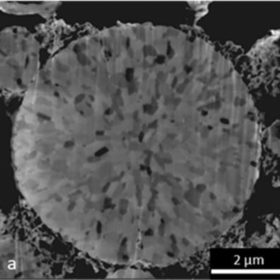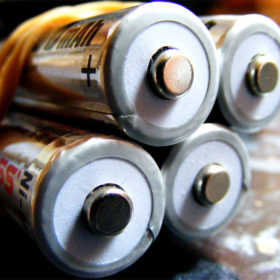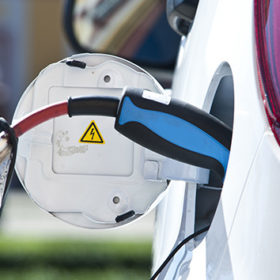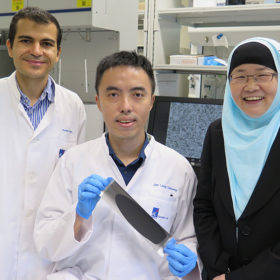Battery supply chain state of health
As the US Uyghur Forced Labor Prevention Act demonstrated, companies preparing to spend big on batteries are at risk of being blindsided by supply-chain-related legislation. Here are some tips on how US developers can anticipate policy curveballs.
New ‘bioinspired’ solution to battery degradation
As part of their efforts to bring lithium-ion battery degradation under control, scientists in China have looked to emulate natural defenses many organisms have evolved to reduce oxidation reactions and related damage. With an additive that ‘scavenges’ reactive particles before they can contribute to degradation, the group was able to demonstrate significantly lower electrolyte decomposition in a working battery.
New cathode design promises battery sustainability
Scientists in the U.S. developed a new cathode design for lithium-ion batteries that they say could open up a range of different materials for further research. The group has high hopes that the discovery can quickly be brought to scale, easing some of the growing concerns around supply chains for battery materials.
A long-lasting aluminum battery
Scientists in the U.S. developed an aluminum battery that demonstrates better than 99.5% reversibility, and could offer “up to 10,000 error-free cycles”. By incorporating a substrate of carbon fibers into the anode design, the group gained better control over chemical bonds that form as the battery charges, leading to greatly improved performance.
Investigating moisture in nickel-rich batteries
Scientists in the UK looked into the effects of exposure to ambient atmosphere could have on nickel-manganese-cobalt cathodes for lithium-ion batteries. While many cathode designs are moisture sensitive, the group found that the nickel-rich cathodes currently gaining market share are especially vulnerable, and can suffer irreversible power loss upon exposure to moisture in the air.
Plasma enables smaller, more powerful NMC-811 cathodes
Batteries could shrink even more with smaller crystals in the cathodes. Battery packs in electric vehicles and consumer goods could become smaller, while still offering high performance.
EBRD, KfW provide €135 million loan for next-gen cathode material plant in Poland
The new material is not commercially available yet, but in trials the materials allegedly proved its technical and economical superiority over NMC 622, NMC 811 and NCA batteries.
A closer look at battery degradation, assisted by machine learning
Scientists at the SLAC National Accelerator Laboratory in the U.S. have developed a machine learning algorithm that can identify and track individual particles within a lithium-ion battery cell. Their findings shed more light on how the batteries lose performance over time, and could challenge previous assumptions of scientists working to develop batteries with longer lifetimes.
A carbon scaffold to boost lithium-sulfur performance
Scientists at Singapore’s Agency for Science, Technology and Research have developed a new method to produce lithium-sulfur based cathodes which exhibit stable performance and high storage capacity over 200 cycles. According to the agency, this represents “a promising step towards the commercialization of lithium-sulfur batteries.”
